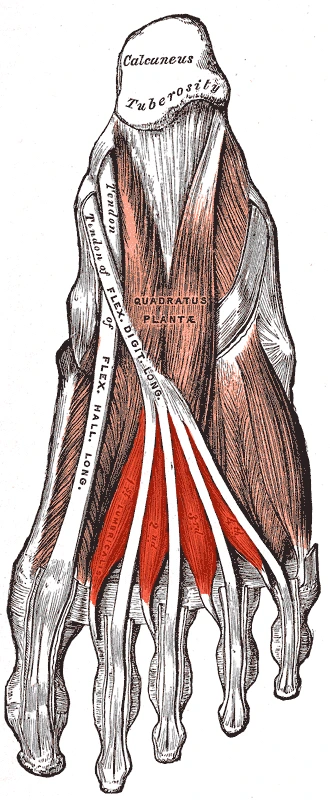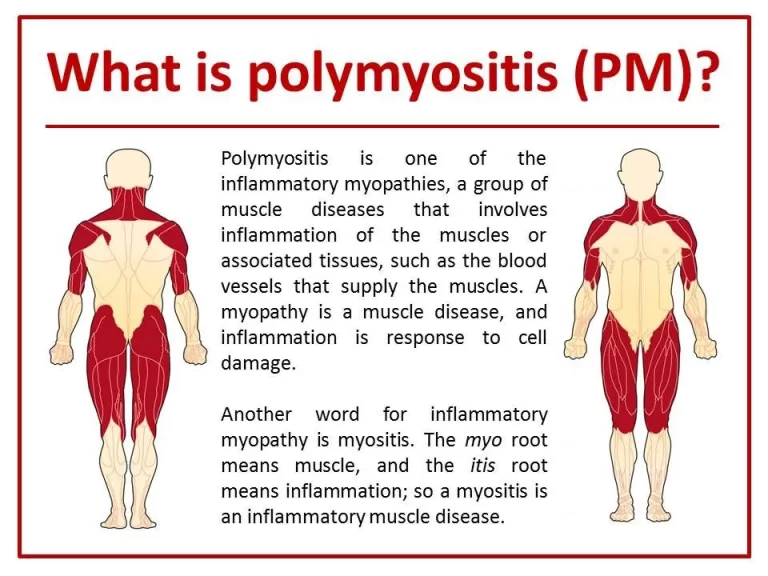The Best Exercise for Ankylosing Spondylitis
Table of Contents
Introduction
Ankylosing spondylitis is also known as Bechterew’s disease. AS Include reducing the flexibility of the spine and pain in the back and joints. It is more common in males as compared to females.
Exercise is one of the essential parts to manage your Ankylosing spondylitis (AS). Exercise helps to reduce spine stiffness, improve mobility and relieve pain.
In this article, we discuss a few best exercises for Ankylosing Spondylitis that are mostly prescribed by physiotherapists or Doctors to improve spine mobility and function.
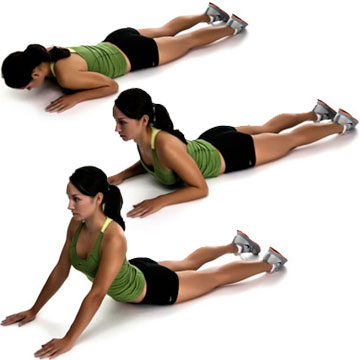
Press Up to Stretch Your Spine
To start this exercise, Lie on your stomach with your legs behind you.
Slowly press yourself up on your elbows that’s why your chest is off the ground. Suppose you are able to straighten your arms. Hold it for 10 to 20 seconds.
Repeat 5-10 times.
Gradually increase repetitions and practice as you improve.
you can do it once a day.
Wall Sit for Better Posture
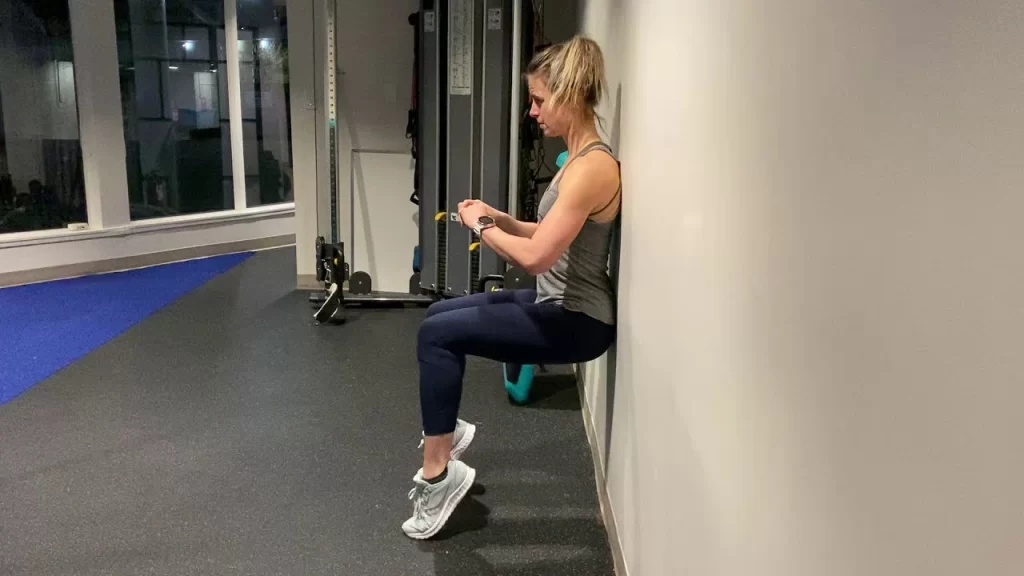
The patient Stands with their back against a wall. Put your feet shoulder away from the wall and then Slowly slide your back down the wall. It works towards being able to get to the point where your thighs are parallel with the floor — like you are sitting in a chair. Hold it for 7 to 10 seconds.
Hold for longer as you can.
Repeat 3-5 times. Do it 5 to 8 times a week.
generally AS affects muscles of your back, shoulders, neck, and hips this exercise can help you
move more easily.
Plank

To ensure you are strong enough for this exercise, start by standing with your feet flat on the floor or surface and your forearms on the kitchen counter. Once you can do that easily, move on to the other version. Your stomach, back, and buttock muscles help your posture.
Work them with this move and take Kneel’s position on a mat. Put your forearms on the ground Push your legs out behind you and make balance on your toes. Squeeze your stomach and buttock muscles to hold your body in a straight line.
Do not crane your head up and Keep your neck in line along with your spine. Hold it for 5 seconds. Repeat 3-5 times. Always keep your core tight or strong. Do this 4 to 6 times a week.
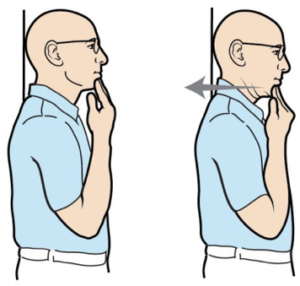
Chin tuck exercise
Lie on your back. Tuck your chin in slightly toward your chest without lifting your head off the floor. Hold it for five to ten seconds. Repeat 3 to 5 times. Do this stretch 4 -5 times a day.

Roll Your Shoulders to Loosen Up
first, take a standing position. Keep your spine as straight as you are comfortably able to. Gently roll your shoulders up toward your ears and then move your shoulders back and down and then You can feel this in your upper back and then pull your shoulder blades together and down in a rolling motion after that you should pull your shoulders back up toward your ears. Repeat it 5 to 8 times. Do this stretch daily.
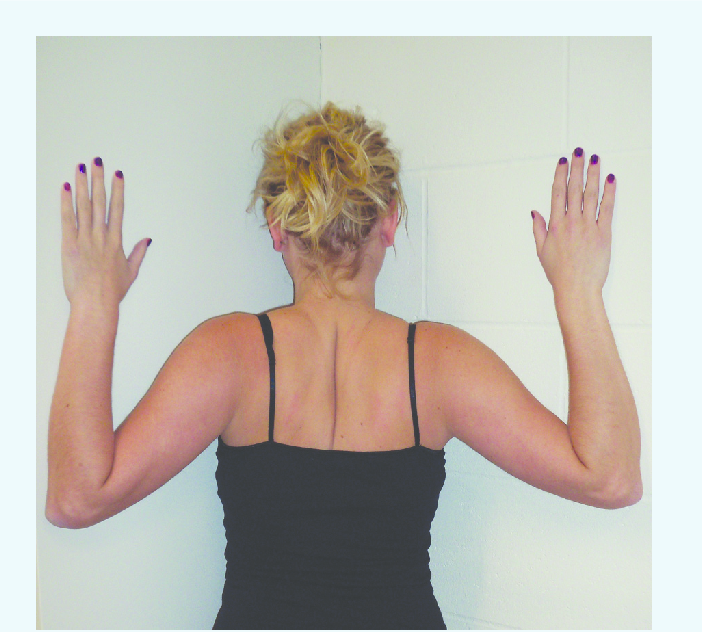
Corner Stretch to Open Your Chest
First, find a corner, stand facing it, and then raise your arms up. Rest both the palms of your hands on the walls and then gently press your chest toward the corner that causes Your arms will provide tension. You will feel the stretch across the front of your chest. Along your back, you will feel your shoulder blades move toward each other. Hold it for 15 to 30 seconds. Do this stretch daily.
Walk
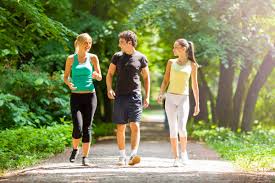
When you boost your heart rate, it also releases good chemicals in your body. all exercises are tremendous But you get something extra and new from doing weight-bearing exercise when your joints have to support your weight, like when you walk. It can help “feed” the cartilage in your joints and spine which is very good and Get your heart pumping most days of the week.
Start with 5 to 7 minutes a day. Try to work up to 30 minutes and it’s OK to do 5 to 10 minutes at a time, a few times a day.
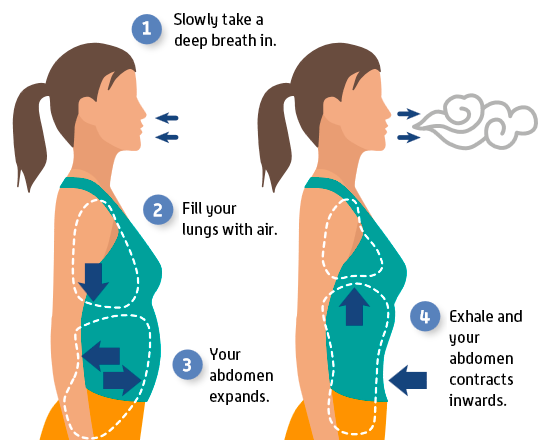
Deep Breathing exercise
Many people with AS eventually notice that they have suffered from fully expanding their ribs and chest while they breathe and deep-breathing exercises also can help prevent this problem. Several times a day, take 5 to 10 deep breaths. Focus on pulling air deep into your chest as you inhale after that exhale slowly.
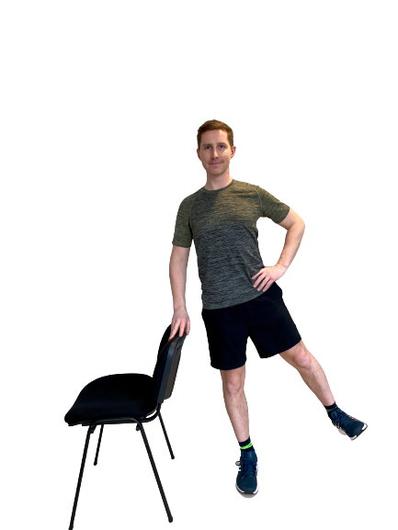
Standing Leg Raises to Loosen Tight Hips
The patient should hold the back of a chair or any railing and Keep her back straight with a slight bend in both knees. Slowly lift one leg to the side so it is a few inches off the ground. Then lower it back and maintain the starting position. Put the same leg straight behind you to 45 degrees. Remember to maintain a good posture of your body and avoid bending over at the waist. Repeat it 10 to 15 times on each leg.
Do this move 5 to 10 times a week?
Stretch Your Hips
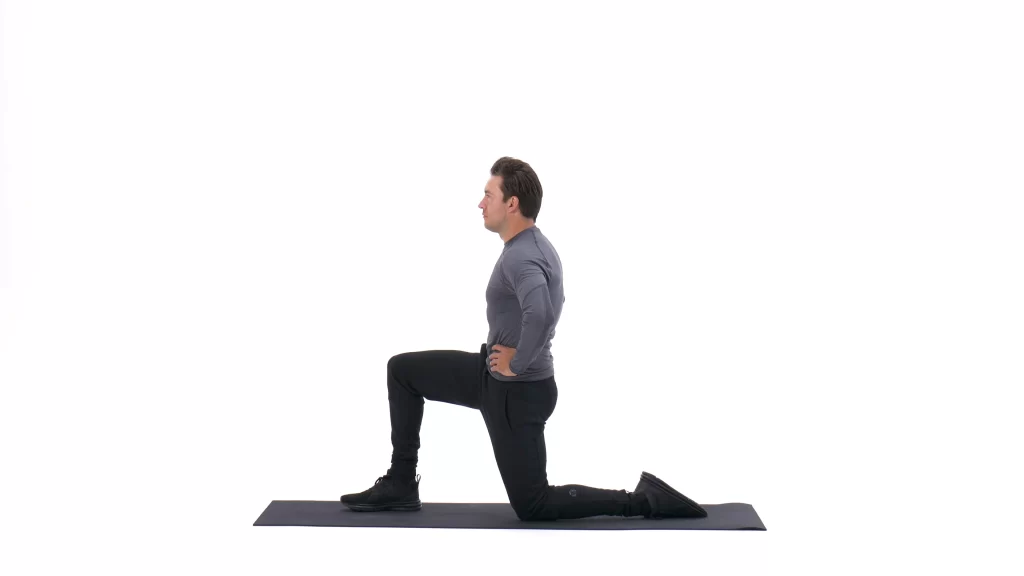
This exercise will lengthen the muscles at the front of your hips which are connected to your lower back. Take a big step forward which is converted into a lunge and then Move your back knee down and rest it on the floor after that Keep your back upright. Be careful not to bend forward at the hips. You should feel this stretch in your back leg and another leg resting on the ground
You can feel it on the front of the thigh and hip. To get a deeper stretch and then gently push both your hips forward. Hold for 20-30 seconds. Repeat with your other leg. you should Hold a chair for balance if needed. Do this stretch daily.
Precaution:
Do work with a physical therapist.
Do not perform only one form of exercise.
Don’t do movements that lead to pain.
Do focus on good posture or maintain a good posture.
Please don’t overdo it.
When do you not do Exercise in AS?
If exercise increases the pain and mild aches so exercise should be avoided and consulted with doctors.
FAQ
There are many exercises that are good for ankylosing Spondylitis as Hip flexors stretch, Deep breathing exercises, back extension exercises, etc.
Full-body exercise maintains the flexibility and mobility of the spine. which is to cure AS.
Calcium is essential for healthy bone. vitamin D is used due to As.
Lack of sleep, Sedentary lifestyle, poor posture, Avoiding smoking.


